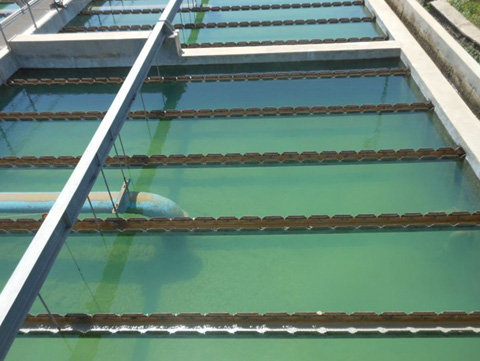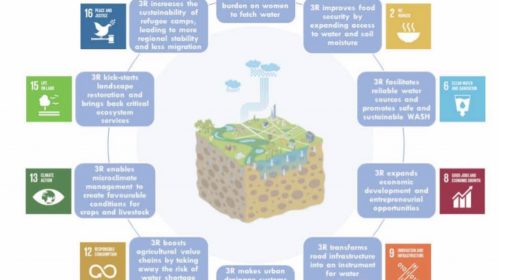Posted by Sara Datturi
June 30, 2014
Fluorine (F2 of F) is the element # 9 in the Periodic Table. Due to its high reactivity, it is not found freely in nature, but it often combines with other elements. For instance, F represents 0.064% of the earth crust’s mass. In nature, F is common found as fluoride anion in several minerals particularly in fluorite.
Humans can ingest fluoride in several forms: through food, water, artificial drinks and also just by breathing because some pollutants release F into the air.
Fluoride is fundamental for dental and skeletal development, but only in limited quantities. Fluoride intake and its effects of human health vary with climate, water consumption, health status and diet.
Fluoride may be present in water because some minerals (in particular the basaltic ones) in groundwater can release a high quantity of it at certain climate conditions.
The World Health Organization sets 1.5 mg/l as a safe level of fluoride in drinking water. At higher levels, studies have shown that there is a higher probability of developing dental and skeletal fluorosis (DF and SF), two biogeochemical diseases that are common in parts of the world where people rely on groundwater for drinking. Fluorosis does not only affect people’s health. It also has serious economic and social consequences. For instance, appearance-related and psychological problems caused by the aesthetic value of dental fluorosis, particularly among the youth, should not be underestimated. This is one face of the medal.

Several defluoridation filters and multiple-village water supply schemes have been implemented and established, but none of them is considered a final and perfect solution. Long-term sustainability of these schemes depends on a number of variables such as affordability, management strategies, acceptability and actual recognition of the problem.
Skeletal fluorosis in particular, due to its wide range of symptoms, is hard to always pin down to high fluoride intake. In addition, fluoride intake takes place through a variety of sources that need to be identified to better manage its effects.
Further studies need to be done to understand the distribution of fluoride in groundwater, so that low-fluoride sources can be mapped and developed to supply safe drinking water. Secondly, identifying the main source of fluoride and their correlation to fluorosis is important to drive policies and advices to population. Third, mapping the socio-economic effects of fluorosis is fundamental to raising the attention on this affliction. Lastly, it is imperative to understand the cost, benefit and vulnerabilities of prevalent fluoride mitigation strategies to draw lessons from across countries, and start to act NOW. Strengths and actions by researchers, policymakers, government agencies and NGOs need to be coordinated in order to exterminate this plague
The second face of the medal is the process of water fluoridation. This means the controlled addition of fluoride to public water supply to reduce tooth decay.

Water fluoridation is a controversial issue. Those in favor claim that adding fluoride to water supply is a good method to achieve positive health outcomes for the population, in particular for marginal groups that cannot afford dental care.
One the other side, civil society associations and also dental associations claim that this process costs tax payers too much and that is not useful because fluoride intake occurs anyways through a number of sources other than the drinking water.
The controversy is much more complex and wide, both side have been putting forward scientific evidence in support of their claims. Several campaigns are ongoing on either side of the debate, particularly in United States and New Zealand.
For all the wide-ranging issues, one thing is for sure— countries facing the problem of fluorosis have little choice in sustaining their livelihoods, except to use the water sources that they have got despite their high fluoride content. And that hardly seems fair.
{jcomments on}



